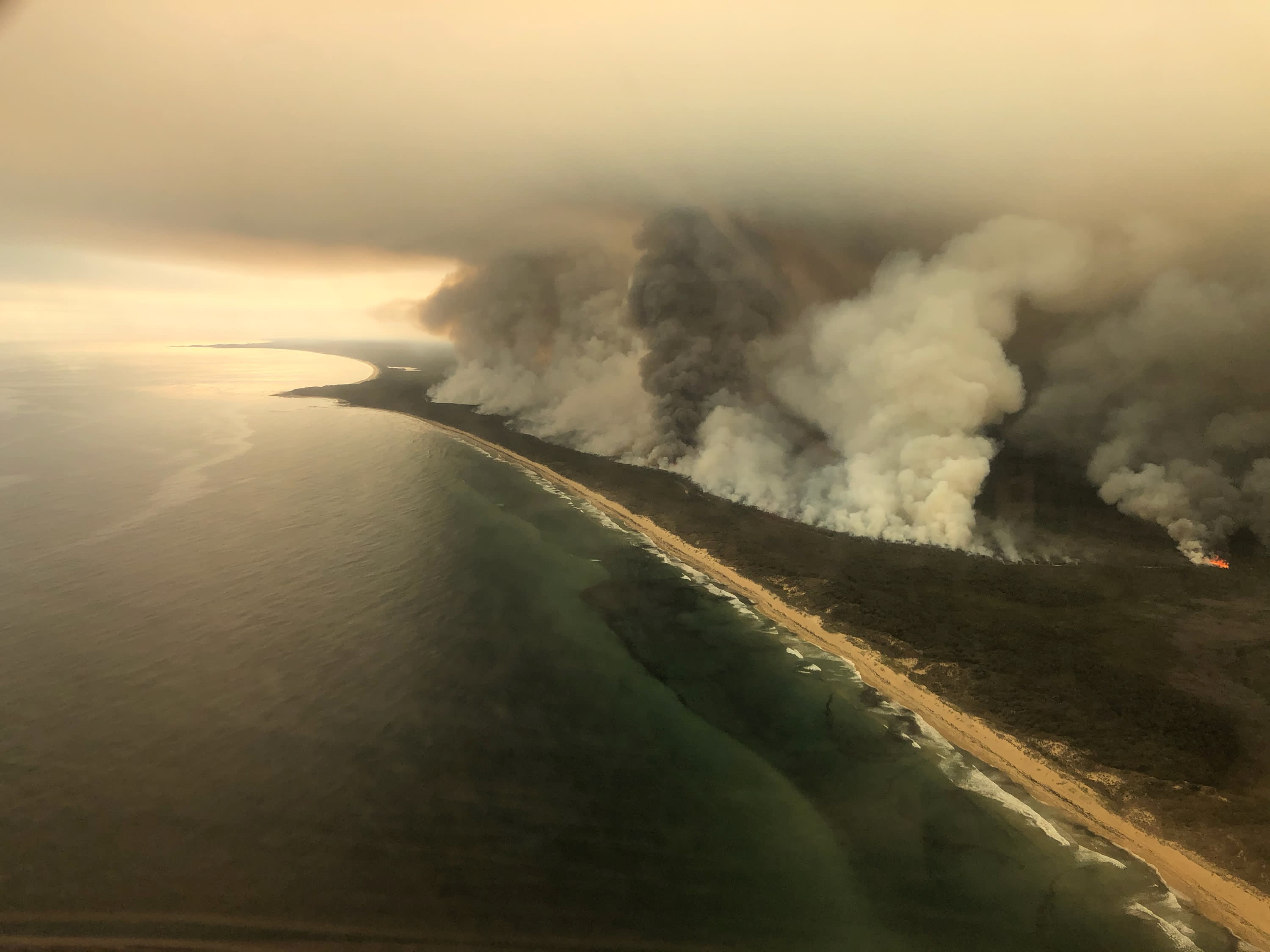Demystifying BAL Reports: A Guide to Comprehending Your Residential property's Bushfire Threat
Demystifying BAL Reports: A Guide to Comprehending Your Residential property's Bushfire Threat
Blog Article
Exactly How BAL Record Impacts Bush Fire Security Procedures
In the realm of bush fire security, the Building Attack Level (BAL) report stands as a critical tool that dramatically influences the security and resilience of residential or commercial properties in fire-prone locations - BAL Report. The impact of a BAL evaluation expands far beyond mere documents; it acts as the foundation for establishing the proper building and construction standards and fire defense measures required to mitigate the threats posed by bushfires. As areas grapple with significantly extreme fire periods, comprehending just how the BAL report shapes these protective procedures comes to be extremely important for policymakers, builders, and homeowners alike
Comprehending the Bushfire Strike Degree

Importance of BAL Record Assessment

Additionally, the BAL record analysis acts as a foundational step in conforming with lawful commitments and requirements connected to bushfire security. Local councils and authorities often mandate the entry of a BAL record as part of the preparation and structure approval procedure to make sure that buildings are appropriately secured versus bushfire dangers. Stopping working to conduct a detailed BAL record analysis can cause insufficient protection actions, leaving residential or commercial properties vulnerable to devastating bushfire incidents.
Construction Criteria Based on BAL
An extensive understanding of the Bushfire Attack Level (BAL) enables homeowner to implement construction criteria customized to their details threat account. Building and construction standards based upon BAL are essential in reducing the effect of bushfires on buildings. The BAL ranking classifies the prospective danger a building encounters throughout a bushfire on a range from BAL-Low to BAL-FZ (Flame Area) Each BAL level represents particular building demands detailed in the Australian Conventional AS3959-2018 Building of Structures in Bushfire-Prone Areas. Properties classified as BAL-Low might just require fundamental measures such as getting rid of particles and maintaining yards, while those in higher BAL groups need even more durable steps like ember screens, fireproof materials, and secured home windows. Sticking to these building standards not just improves the architectural strength of the home but also boosts the total security of residents during a bushfire occasion. Therefore, homeowner need to this link carefully consider their BAL score and adhere to the matching building requirements to appropriately safeguard their passengers and homes.
Executing Fire Protection Procedures
With the foundation of building criteria based on Bushfire Strike Degree (BAL) in area, the top article focus now changes towards the useful application of fire security steps to fortify residential or commercial properties versus bushfire risks. Applying fire defense steps entails a mix of passive and energetic approaches to improve the strength of structures in bushfire-prone locations. Passive measures consist of making use of fireproof building products, installing ember guards on vents, sealing spaces in walls and roofing systems, and preserving a clear space around the home free from flammable plant life. Active procedures encompass having firefighting equipment easily offered, such as hoses and water pumps, in addition to developing a defendable space around the residential property by clearing plants and having a properly maintained garden. Furthermore, creating a discharge plan and guaranteeing all citizens recognize emergency procedures are crucial components of efficient fire defense steps. By integrating both passive and energetic approaches, residential or commercial properties can significantly decrease their susceptability to bushfire cases and enhance the safety of passengers.
Shielding Houses Against Bushfires
Efficiently protecting homes against the destructive influences of bushfires calls for a thorough and aggressive approach to fire defense actions. Furthermore, sealing gaps and vents to protect against ash invasion, as well as incorporating fire-resistant doors and home windows, can assist fortify the home's defense versus bushfires. By accepting a proactive position and incorporating these protective steps, house owners can dramatically raise their possibilities of protecting their homes against bushfires.
Conclusion
In final thought, the Bushfire Strike Degree (BAL) report plays a vital duty in identifying the needed defense measures against bushfires. Carrying out fire defense measures based on the BAL report is crucial in guarding residential or commercial properties from prospective bushfire hazards.
In assessing bushfire risk to her latest blog residential or commercial properties, comprehending the Bushfire Assault Degree (BAL) is an essential component for executing efficient security procedures. Generally, a clear understanding of the Bushfire Strike Degree is crucial for implementing adequate protection steps and reducing the effect of bushfires on buildings.

Report this page